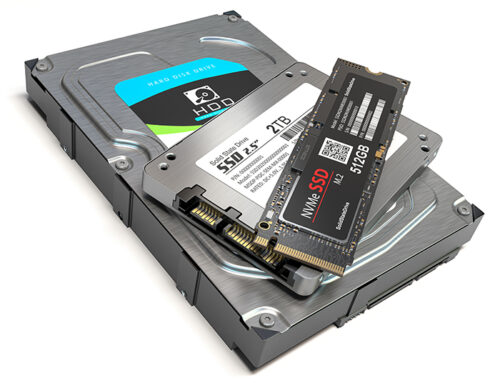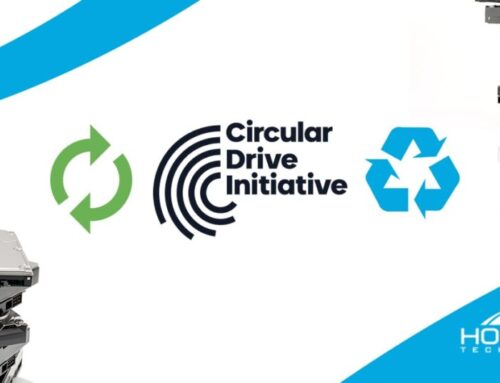This blog explores the economic potential of reusing storage media, backed by market analysis from 2020 to 2028. It highlights how circular economy practices in data storage can reduce costs, alleviate supply constraints, and create new business opportunities while also promoting environmental sustainability.
The exponential growth of digital data has led to an unprecedented demand for storage solutions. Traditional manufacturing struggles to keep pace, prompting a shift towards circular economy practices, particularly the reuse of storage media like hard disk drives (HDDs) and solid-state drives (SSDs). This approach not only addresses environmental concerns but also offers significant economic advantages.
Market Dynamics and Economic Potential
A recent comprehensive study titled “Data Explosion, Circular Solution: How Refurbished Drives Can Bridge the Storage Supply Gap” provides an in-depth market analysis from 2020 to 2028. The findings underscore the viability of reusing storage media, highlighting key metrics that influence device suitability and bolster confidence in the secondary market.
The global storage market is evaluated using three primary metrics:
- Bytes Shipped: Reflects the total digital storage capacity installed worldwide, indicating technological advancements and the escalating demand for data storage across various sectors.
- Revenue Generated: Provides an economic perspective, showcasing the profitability and market value of storage solutions.
- Units Sold: Offers insight into the volume of storage devices entering the market, reflecting consumer and enterprise adoption rates.
By analyzing these metrics, the study demonstrates that integrating reused storage devices can significantly alleviate supply constraints and generate substantial economic value.
Challenges and Solutions
Despite the clear benefits, several barriers hinder the widespread adoption of reused storage media:
- Data Security Concerns: Ensuring the complete sanitization of data on reused drives is paramount.
- Lack of Standardization: The absence of uniform quality standards for refurbished drives leads to market uncertainty.
Addressing these challenges requires the development and implementation of standardized measures for data sanitization and device health assessment. Establishing such standards will enhance confidence in the secondary market and promote broader adoption of reused storage solutions.
Broader Economic Implications
Embracing circular economy practices extends beyond environmental sustainability; it also offers significant economic benefits.
As detailed in the previously referenced study, “Data Explosion, Circular Solution: How Refurbished Drives Can Bridge the Storage Supply Gap,” within 3 to 5 years, new enterprise storage equipment will cost 50%–80% more than its refurbished counterparts. Looking at SSD and HDD market data, this price differential translates into a staggering economic opportunity. If full demand and supply existed for reused drives, the industry could unlock between $11 billion and $23 billion in secondary market value—an amount otherwise lost to premature disposal and destruction.
Further, an additional report from 2020 by KPMG highlights that circular activities not only prolong the usable life of products but also create new jobs and stimulate economic growth.
In the context of data storage, the reuse of HDDs and SSDs can lead to cost savings for businesses and consumers, reduce the strain on manufacturing resources, and open new markets for refurbished devices.
Conclusion
The integration of circular economy practices in data storage presents a compelling opportunity to meet the growing demand for storage solutions sustainably and economically. By overcoming current challenges through standardization and robust data sanitization protocols, the reuse of storage media can become a mainstream practice, delivering substantial economic and environmental benefits.





Leave A Comment
You must be logged in to post a comment.